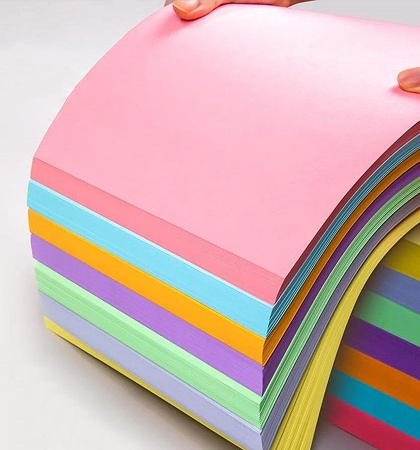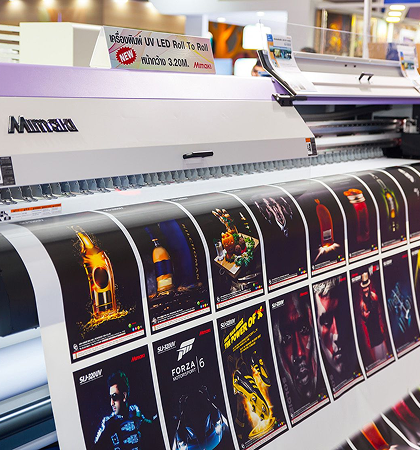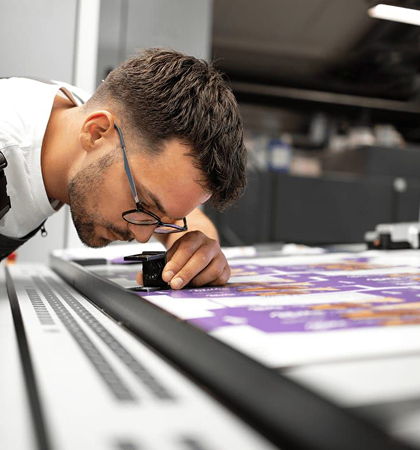Introduction
Asheet-fed printing blanketis a critical component in offset lithography, serving as the intermediary between the printing plate and the substrate (usually paper or cardboard). It ensures precise ink transfer, maintains image clarity, and provides consistent print quality across high-volume production runs.
Structure & Composition
Modern sheet-fed printing blankets are typically made of multiple layers:
-
Top Layer (Surface Fabric)– A durable, ink-receptive rubber compound (often nitrile-based) that transfers the image from the plate to the substrate.
-
Fabric Layer (Carrier)– Composed of woven fabric or synthetic mesh for strength and dimensional stability.
-
Compressible Layer– Provides cushioning to absorb pressure variations and improve print uniformity.
Key Features & Benefits
-
High Ink Transfer Efficiency– Ensures sharp, vibrant prints with minimal dot gain.
-
Durability– Resists wear, abrasion, and chemical exposure from inks and solvents.
-
Fast Recovery & Compression Resistance– Maintains consistent thickness for long print runs.
-
Quick Installation & Tension Stability– Designed for easy mounting on printing cylinders.
Applications
Sheet-fed printing blankets are widely used in:
-
Commercial printing (brochures, packaging, labels)
-
Publishing (books, magazines)
-
Specialty printing (metallic, UV-coated finishes)
Selection & Maintenance
Choosing the right blanket depends on:
-
Hardness(Soft for fine details, hard for long runs)
-
Surface Texture(Smooth for high-resolution prints)
-
Chemical Resistance(Compatibility with inks & cleaning agents)
Regular cleaning and proper storage extend blanket life and performance.
Conclusion
Sheet-fed printing blankets play a vital role in offset printing, ensuring precision, efficiency, and consistency. Advances in material technology continue to enhance their durability and print quality, making them indispensable in modern printing operations.







